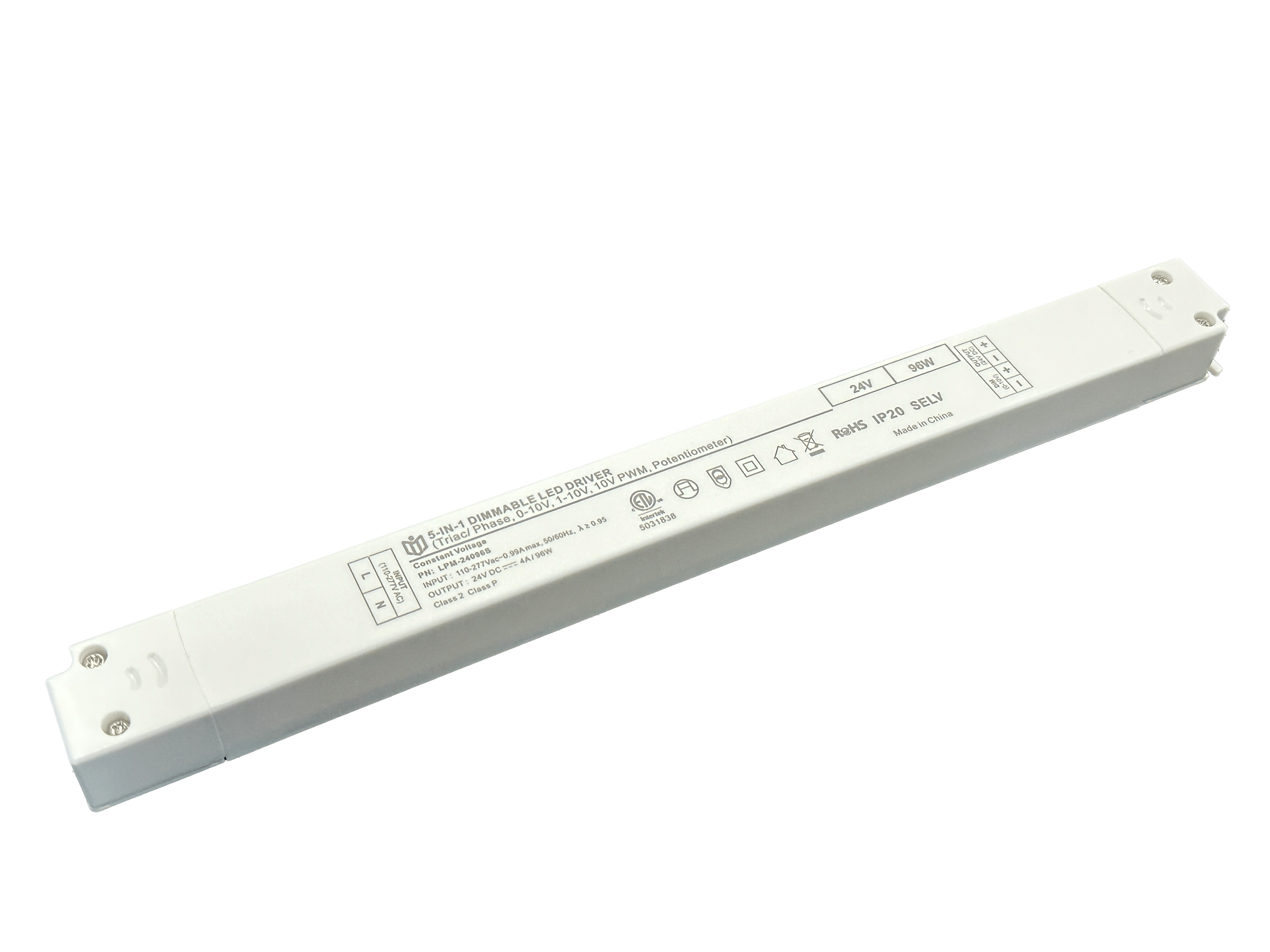Cinematic Lighting Techniques: Achieving Film-Grade Effects with 0-10V

The marriage between technology and artistry reaches its peak when implementing cinematic lighting techniques through 0-10V control systems. This analog signaling standard revolutionizes how filmmakers manipulate light intensity, enabling seamless transitions between scenes with the precision demanded by modern production schedules. Unlike basic on/off switches, the variable voltage output allows photographers to dial in exact luminosity values – crucial for matching daylight exteriors with interior shots.
Creating depth through layered illumination becomes instinctive when commanding multiple fixtures via centralized 0-10V hubs. Key considerations include selecting drivers compatible with your existing LED panels, ensuring consistent color rendering index (CRI>95) across all channels, and programming scene presets for rapid recall during complex shoots. Many overlook that proper ballast configuration directly impacts flicker-free performance at high frame rates.
Color temperature management elevates projects from amateur to award-winning territory. By linking dimmers to gel filters or tunable white LEDs, directors achieve mood shifts without sacrificing skin tone accuracy. Practical examples include warming dawn sequences by lowering Kelvin temperatures gradually, or simulating neon signs through strategic saturation boosts in specific zones. Remember that shadow directions must remain physically plausible even after post-processing adjustments.
Advanced users leverage cascading 0-10V networks to sync practical lights with virtual environments in VFX pipelines. When combined with DMX splitters, this creates hybrid setups where practical effects interact dynamically with CGI elements. Testing reveals that rise/fall time curves significantly affect motion blur authenticity – faster ramps suit car chase sequences while slower fades enhance emotional close-ups. Always verify waveform stability using oscilloscopes to prevent banding artefacts in slow-motion footage.
Field experience teaches us that cable management often determines success or failure on set. Shielded twisted pair wiring minimizes electromagnetic interference when running parallel to power conduits. For location scouts, portable test kits containing compact variable supplies help assess ambient light compatibility before committing to rigs. Never underestimate the importance of redundant backup systems; seasoned gaffers keep spare drivers programmed as hot swappables during critical takes.
Post-production workflows benefit immensely from well-documented lighting maps. Annotating voltage levels alongside frame numbers streamlines reshoot coordination months later. Emerging trends show increased adoption of wireless bridge modules that translate 0-10V signals into Bluetooth mesh networks, offering unprecedented flexibility while maintaining film industry safety standards. As display technologies evolve toward higher dynamic ranges, mastery of these fundamental control principles will separate contenders from champions in competitive bidding scenarios.
 In heritage architecture prote
In heritage architecture prote
 When small-batch customization
When small-batch customization
 Have the electromagnetic emiss
Have the electromagnetic emiss
 When Triac dimmable power supp
When Triac dimmable power supp
